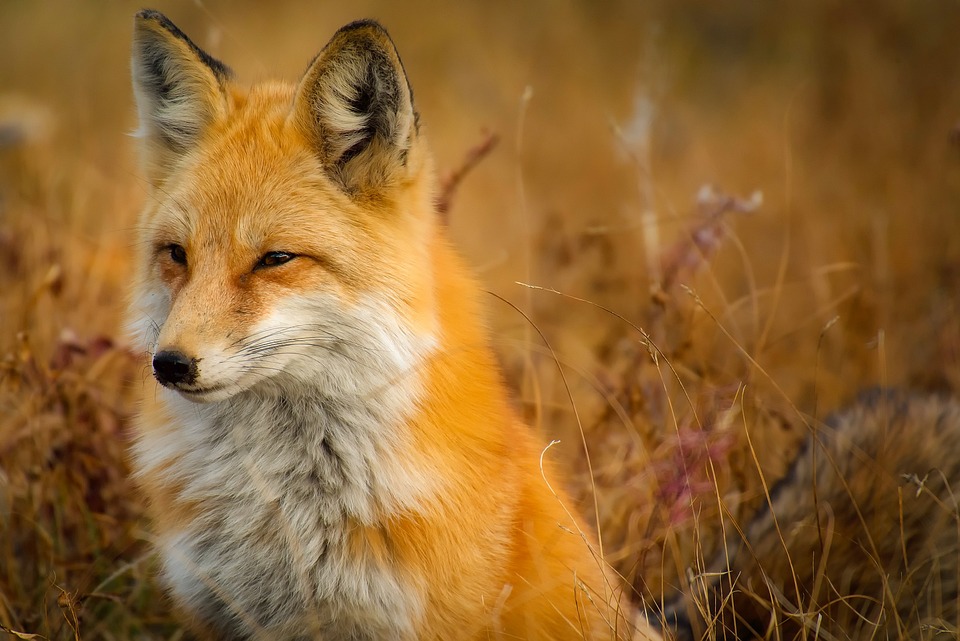Table of Contents
Exploring the Basics: Understanding Focal Length in Photography
Photography is a captivating art form that allows us to capture moments, express ourselves, and tell stories through images. To truly excel in this field, it is crucial to have a solid understanding of the technical aspects that contribute to creating visually stunning photographs. One such aspect is focal length, which plays a vital role in determining the perspective, magnification, and overall composition of an image.
What is Focal Length?
In simple terms, focal length refers to the distance between the lens and the image sensor or film plane when the subject is in focus. It is measured in millimeters (mm) and is a fundamental characteristic of any lens. Understanding focal length is essential as it directly affects how a scene is captured and how the subject appears in the final image.
How Does Focal Length Affect Perspective?
Focal length has a significant impact on the perspective of an image. It determines the field of view and the level of magnification, thereby influencing how the subject and the background are portrayed in relation to each other.
Shorter focal lengths, also known as wide-angle lenses, have a wider field of view and allow you to capture more of the scene in a single frame. They exaggerate the perspective, making objects closer to the camera appear larger, while objects in the distance seem smaller. Wide-angle lenses are commonly used in landscape photography to emphasize the vastness of the surroundings.
On the other hand, longer focal lengths, known as telephoto lenses, have a narrower field of view and appear to magnify the subject, making it appear closer and more prominent. Telephoto lenses compress the perspective, making objects in the background seem closer to the subject. They are often used in wildlife and sports photography to bring distant subjects closer to the viewer.
Understanding Focal Length and Magnification
The focal length of a lens determines the magnification of the subject. As the focal length increases, the magnification also increases, allowing you to capture distant subjects with more clarity and detail. This is particularly useful when photographing wildlife, sports events, or any other scenarios where you need to capture subjects that are far away.
Conversely, shorter focal lengths have a lower magnification factor, making them ideal for capturing wide scenes or fitting more of the environment into the frame. They are often preferred in architectural photography or situations where you want to capture a broader view.
Choosing the Right Focal Length
When selecting a focal length for your photography, it’s essential to consider the effect you want to achieve and the type of subject you’re capturing. Each focal length has its own unique characteristics and best-suited applications.
For portrait photography, a focal length between 85mm and 135mm is commonly recommended. This range allows you to capture flattering portraits with a pleasing background separation, while avoiding distortion that can occur with wider focal lengths.
In landscape photography, wide-angle lenses with focal lengths ranging from 14mm to 35mm are often used. These lenses allow you to capture expansive scenes and emphasize the vastness of the environment.
Telephoto lenses, with focal lengths above 200mm, are ideal for wildlife and sports photography, as they enable you to capture distant subjects with great detail and clarity.
Common FAQs about Focal Length in Photography
1. Does the camera’s sensor size affect focal length?
No, the focal length of a lens remains the same regardless of the camera’s sensor size. However, the sensor size affects the field of view and magnification. A smaller sensor will result in a narrower field of view compared to a larger sensor when using lenses with the same focal length.
2. Can I change the focal length of a lens?
It depends on the type of lens you have. Some lenses, called zoom lenses, have a variable focal length that can be adjusted by rotating a zoom ring. Others, known as prime lenses, have a fixed focal length and cannot be changed.
3. Is a higher focal length always better?
Not necessarily. The choice of focal length depends on the desired effect, subject, and shooting conditions. While longer focal lengths can be advantageous in certain scenarios, shorter focal lengths also have their unique applications. It’s important to consider the specific requirements of each situation before deciding on the focal length.
4. Are wide-angle lenses suitable for all types of photography?
Wide-angle lenses are versatile and can be used in various genres of photography. However, they are particularly well-suited for landscape, architectural, and street photography, where capturing a broader perspective is often desired. They may not be the best choice for subjects that require a more compressed perspective, such as portraits or wildlife.
5. Can I achieve zoom with a fixed focal length lens?
No, fixed focal length lenses do not have the ability to zoom. To adjust the composition, you will need to physically move closer or farther away from the subject. Zoom lenses, on the other hand, allow you to adjust the focal length and achieve different levels of magnification without changing your position.
If you want to delve deeper into the technical aspects of focal length and its impact on photography, this comprehensive guide provides a detailed explanation and examples to further enhance your understanding.
Remember, mastering focal length is crucial for photographers seeking to create impactful and visually captivating images. Experimenting with different focal lengths and understanding how they affect composition and perspective will elevate your photography skills and allow you to effectively convey your artistic vision.
 fashion rec fashion wanted
fashion rec fashion wanted



